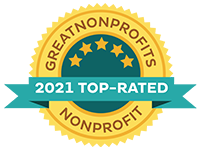Contributions of Neuro-linguistic Programming in School Education
Final Consideration
Each student captures and understands the educational content differently than his classmates, and this is so because each sensory channel of our brain is stimulated differently, taking into account the need and motivation of each person. However, this does not mean that a visual person can not become kinesthetic. What will make the difference in a child’s development and learning is the type and intensity of the stimulation that he will receive throughout his life. In the classroom, Neurolinguistic Programming asks to adopt according to the learning style of each student. In this way, the teacher will not judge the student for not understanding the content, but will try to analyze their own teaching method, in order to adapt the material to the learning styles presents in the class.
Through NLP a teacher can help students identify their own motivations in the learning process, applying the best teaching strategies according to the learning style of each student. Pedagogical contents based on Neuro-linguistic Programming techniques guide a teacher towards better understanding of how students learn more efficiently in the classroom. NLP in the educational environment values different learning styles of knowledge, and understands that each student is unique in interest and motivation, and therefore has a particular way of processing new information and learning.










